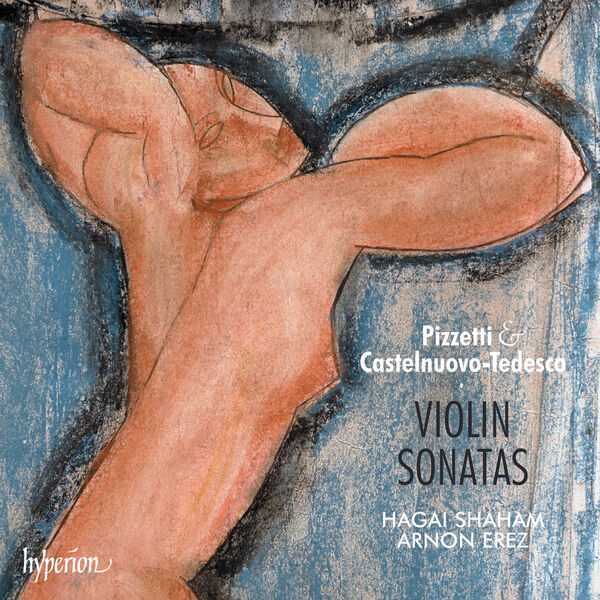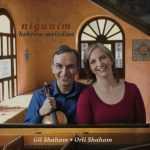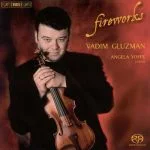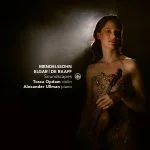

Composer: Mario Castelnuovo-Tedesco, Ildebrando Pizzetti
Performer: Hagai Shaham, Arnon Erez
Format: FLAC (tracks)
Label: Hyperion
Catalogue: CDA67869
Release: 2014
Size: 649 MB
Recovery: +3%
Scan: yes
Pizzetti: Sonata No. 1 in A major for violin and piano
01. I. Tempestoso
02. II. Preghiera per gl’innocenti: Molto largo
03. III. Vivo e fresco
Pizzetti: Tre Canti for Violin and Piano
04. I. Affettuoso
05. II. Quasi grave e commosso
06. III. Appassionato
Castelnuovo-Tedesco: Sonata quasi una fantasia, Op. 56
07. I. Prologo: Moderato e pensoso
08. II. Intermezzo: Vivace e danzante
09. III. Epilogo: Calmo
Castelnuovo-Tedesco: Tre vocalizzi, Op. 55
10. I. Andantino (Pan ed Eco)
11. II. Molto calmo e malinconico (Come una nenia marinaresca)
12. III. Tempo di Fox Trot: Ironico e tagliente (American Music)
Hagai Shaham and Arnon Erez continue their exploration of the early twentieth-century violin repertoire, turning this time to Italy. These musicians are noted for their full-blooded performances: here they revel exuberantly in the music’s operatic passion.
Other recordings by Hagai Shaham
Pizzetti was at the height of his fame at a time when Italian music was all the rage; his pupil Castelnuovo-Tedesco eventually fled Italian anti-semitism to embark on a successful career in Hollywood.
Pizzetti’s Violin Sonata in A major was described by the late John C G Waterhouse, Britain’s leading authority on twentieth-century Italian music, as ‘much the most impressive sonata for violin and piano that has ever been written by an Italian’. His Tre canti were written in 1924, originally for cello and piano, then transcribed by the composer for violin.
Castelnuovo-Tedesco’s Sonata quasi una fantasia, Op 56, was composed in 1929, with a dedication to the Hungarian violinist Adila Fachiri (also the dedicatee of Bartók’s two violin sonatas). The Tre vocalizzi were originally written in 1928 as vocalises for wordless voice and piano. They were subsequently arranged for violin and piano by Mario Corti, who saw the potential in these pieces for transcriptions that used violin techniques to imaginative effect, with extensive use of double-stopping and harmonics, as well as a greatly expanded compass, using octave transpositions to exploit the instrument’s entire range.



